Jump to: Midstream Expansion – 2019 Environmental Performance Highlights – Focus on Flaring – A Year in Review
In 2019, The Environmental Partnership focused its second full year on growing the coalition, expanding its reach and impacts, and harnessing the growing enthusiasm within the participating companies. The Partnership continues to demonstrate the oil and natural gas industry’s commitment to deliver improved environmental performance by taking action, learning, and collaborating while delivering the essential energy that powers America’s economy and quality of life.
See our progress in the 2020 Annual Report (7 MB).
Download the 2020 Annual Report Summary (2 MB).
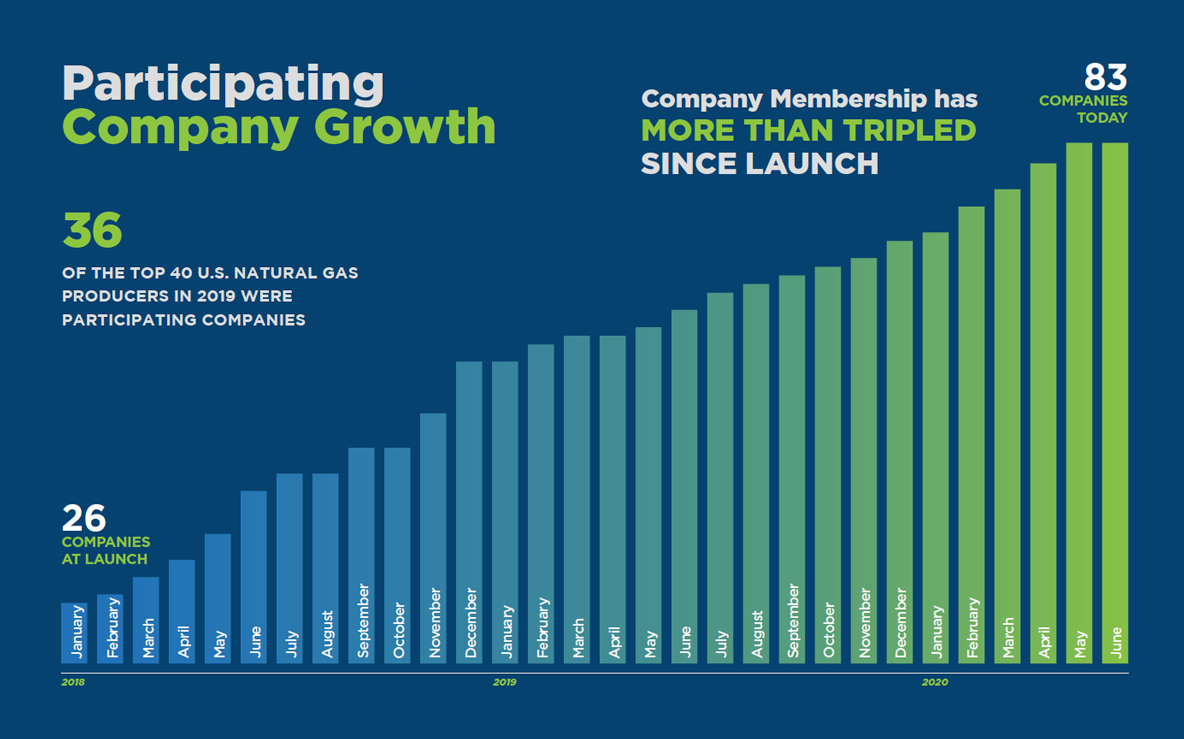
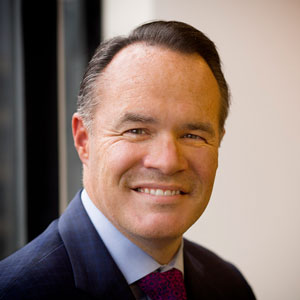
Mike Sommers
President & CEO, API
The Partnership has tripled its membership since its December 2017 launch. It serves as a model for industry-led climate solutions and collaborative investment in the technologies and best practices that are driving down emissions of methane and volatile organic compounds.

Matthew Todd
Director, The Environmental Partnership
The Partnership continues to demonstrate the oil and natural gas industry’s commitment to deliver improved environmental performance by taking action, learning, and collaborating while delivering the essential energy that powers America’s economy and quality of life.

Vanessa Ryan
Chair, The Environmental Partnership
Manager, Carbon Reduction, Chevron
Our members’ combined ingenuity, creativity and know-how gives us great confidence in the industry’s ability to continually improve our environmental performance. We welcome the opportunity to build on the program’s progress in the years ahead.
The Environmental Partnership Expands to Midstream
Starting in 2020, we’re proud to announce the expansion of The Partnership to include the industry’s midstream segment. Midstream companies are an integral part of the supply chain, and necessary to move oil and natural gas from the wellhead to the transportation infrastructure necessary to get these fuels and feedstocks to market.
Informed by the Environmental Protection Agency’s Greenhouse Gas Reporting Program data, the program is focusing its efforts to take commonsense actions to further reduce emissions from compressors and pipeline blowdowns within oil and natural gas transmission operations.
2019 Environmental Performance Highlights
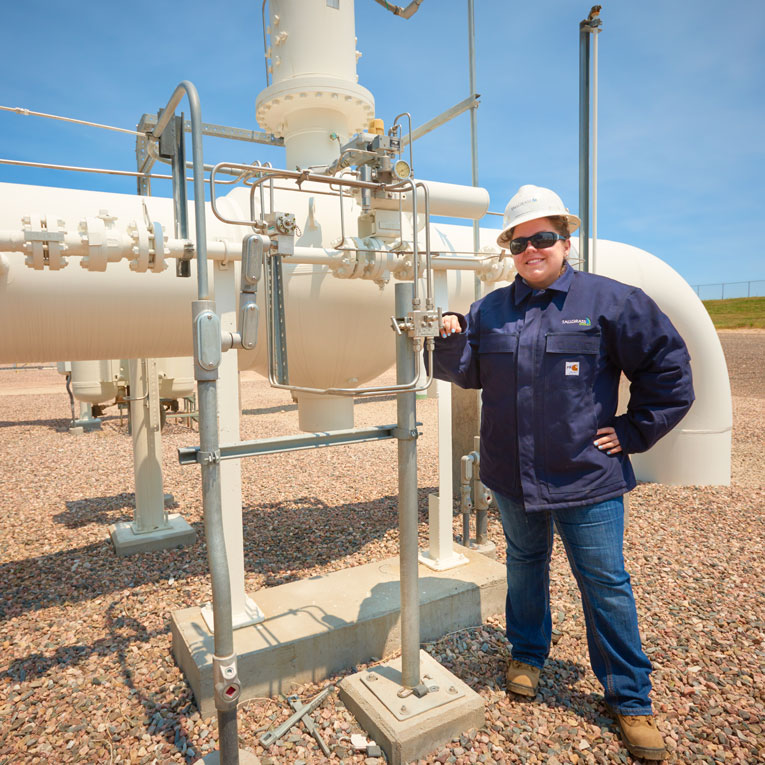
Leak Detection and Repair
- More than 87,000 sites surveyed
- More than 116 million component inspections performed
- More than 184,000 surveys conducted
- 0.08% leak occurrence rate, or less than 1 component leaking in a thousand
General Info
- The Environmental Partnership implemented in 17 of 21 top producing states
- Membership has more than tripled since the program’s launch
- 19 of the top 20 U.S. natural gas producers and 36 of the top 40 U.S. natural gas producers are participating companies
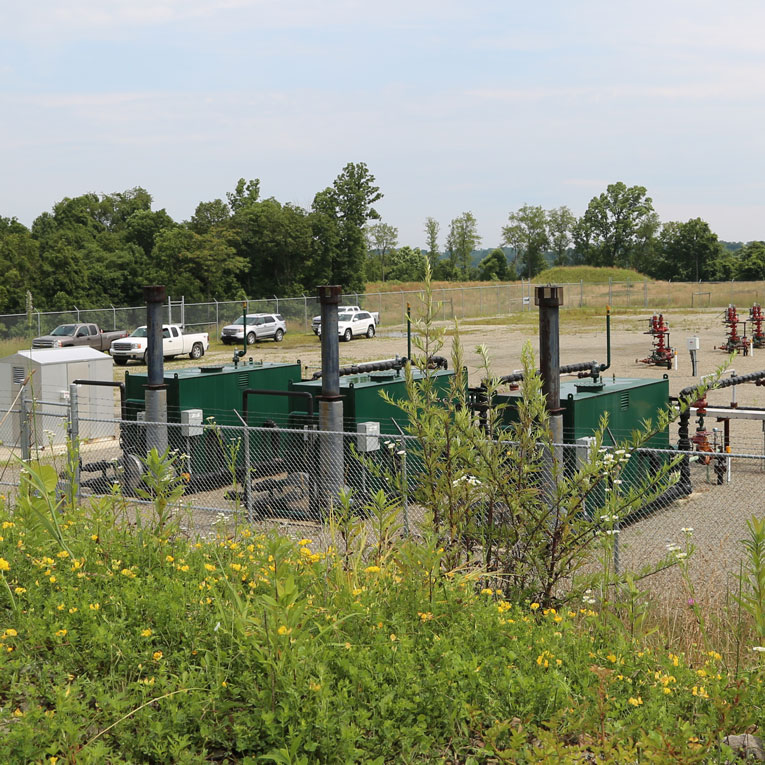
Manual Liquids Unloading
- Emissions minimized by monitoring more than 44,000 manual liquids unloading events
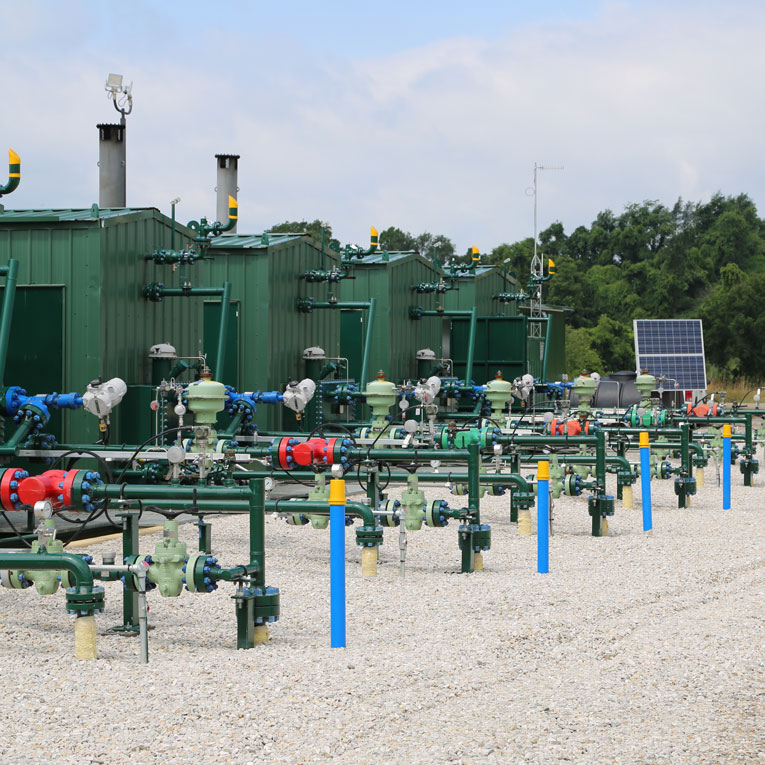
Pneumatic Controllers
- More than 10,500 additional gas driven controllers replaced or removed from service
- More than 3,300 high-bleed pneumatic controllers replaced, retrofitted, or removed from service
- More than 2,800 zero-emission pneumatic controllers installed at new sites
- 43 participating companies no longer have high-bleed pneumatic controllers in their operations
Focus on Flaring
While U.S. operators have proven it’s possible to increase production while also reducing flaring, we share the community, shareholder, regulatory, and environmental perspective that routine flaring must be reduced. To that end, participants gathered at Occidental’s Midland facility to discuss current flaring trends, causes, and current best practices. This gathering expanded on previous discussions to better understand the issues and challenges operators face to address flaring. The workshop provided an overview of planning, best practices, and technologies that can reduce flaring volumes and improve flare reliability and efficiency when it does occur.
Why does industry flare gas?
Flaring typically occurs when a well is first drilled, during facility maintenance or during unplanned events for safety measures such as alleviating pressure. Flaring is also used when an oil well produces ancillary natural gas and there is no pipeline infrastructure available to transport it. In these instances, flaring is the safer environmental option. Rather than “venting” the gas into the air, flaring burns the gas, which releases fewer greenhouse gases than venting.

When a company commits to reducing emissions, it impacts how employees plan projects, design facilities, and solve problems. The Environmental Partnership enables companies who’ve made this commitment to learn from each other, share best practices, and raise the bar for the entire industry.
Morgan Iannuzzi
Permian Air Team Lead, Chevron
A Year in Review: Learning Across Basins
In 2019, The Partnership held three workshops in Texas, Oklahoma, and North Dakota. The workshops were a great introduction to the program with their ‘hands-on’ nature. And when combined with opportunities to network with industry colleagues, they continue to provide real value to the attendees.

The Environmental Partnership’s workshops were extremely helpful, with interesting presentations that provided new information and innovative ways to help us further reduce emissions. The workshops also provided us with a rare and appreciated opportunity to talk face-to-face with other operators and presenters about their own experiences with facility designs, regulations and new technologies. These workshops are well worth the effort to attend.
Bill Bailey
Sr. Engineer – Environmental Compliance and Technology,
ES&H, Cimarex Energy
Making comprehensive environmental progress, however, requires the contributions of many outside of industry. In 2019, we provided forums for operators to hear the latest from important stakeholders including local state regulatory agencies, trade association representatives, and new emissions and detection research. The 2019 Annual Conference, themed “The Field of the Future,” provided participating company representatives the latest intelligence on satellite measurement capabilities and welcomed emission detection technology developers and service providers to join us for our inaugural Tech Forum.
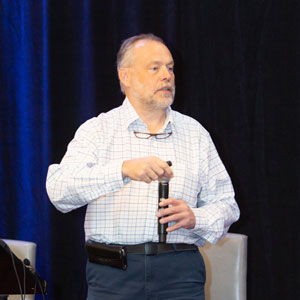
The Partnership’s funding and promotional efforts have enhanced METEC’s research into methane-sensing technologies, furthering ties between researchers and producers on projects to reduce emissions.”
Dan Zimmerle
Senior Research Associate
Colorado State University and Director of METEC

See our progress in the 2020 Annual Report (7 MB).
Download the 2020 Annual Report Summary (2 MB).